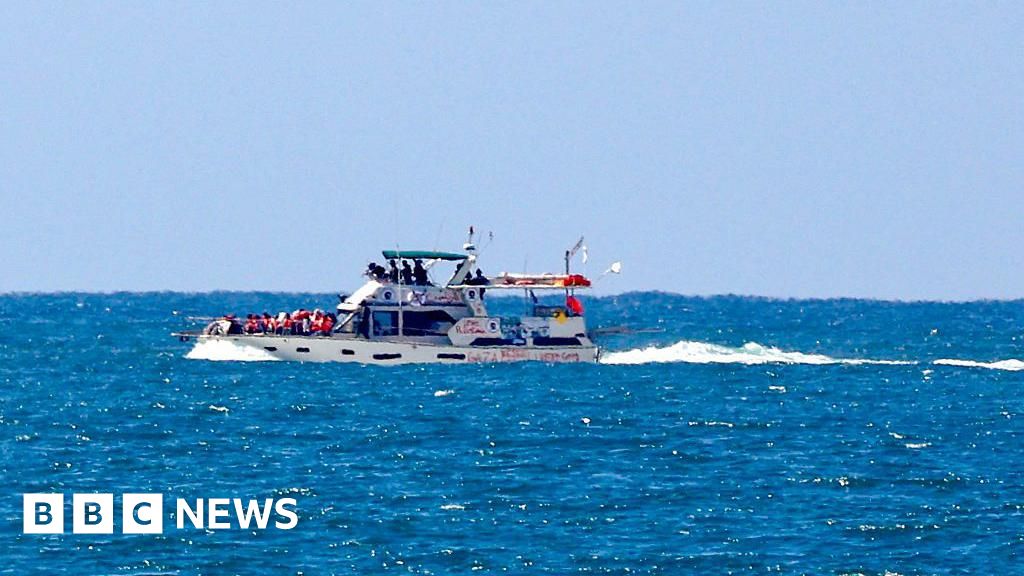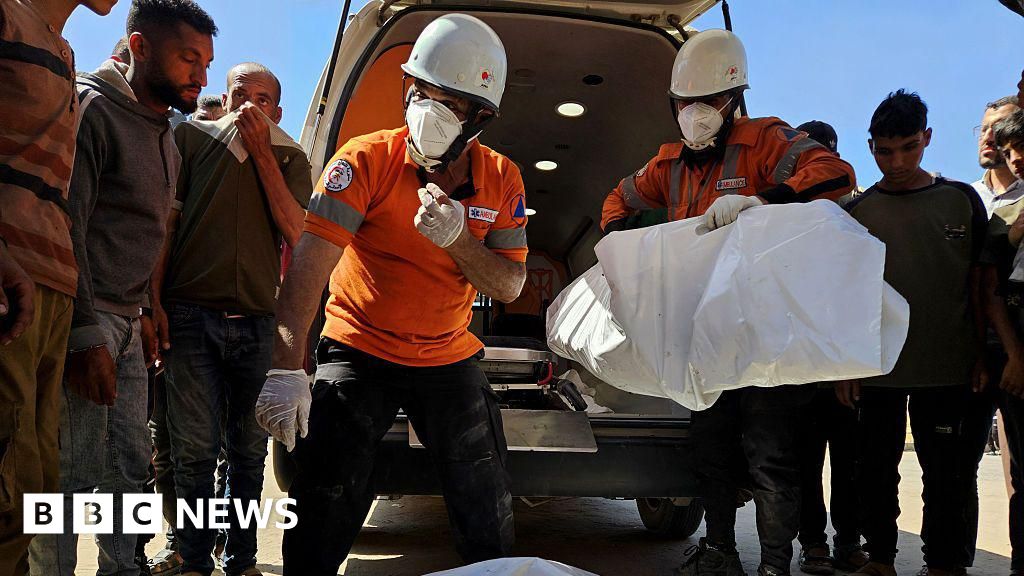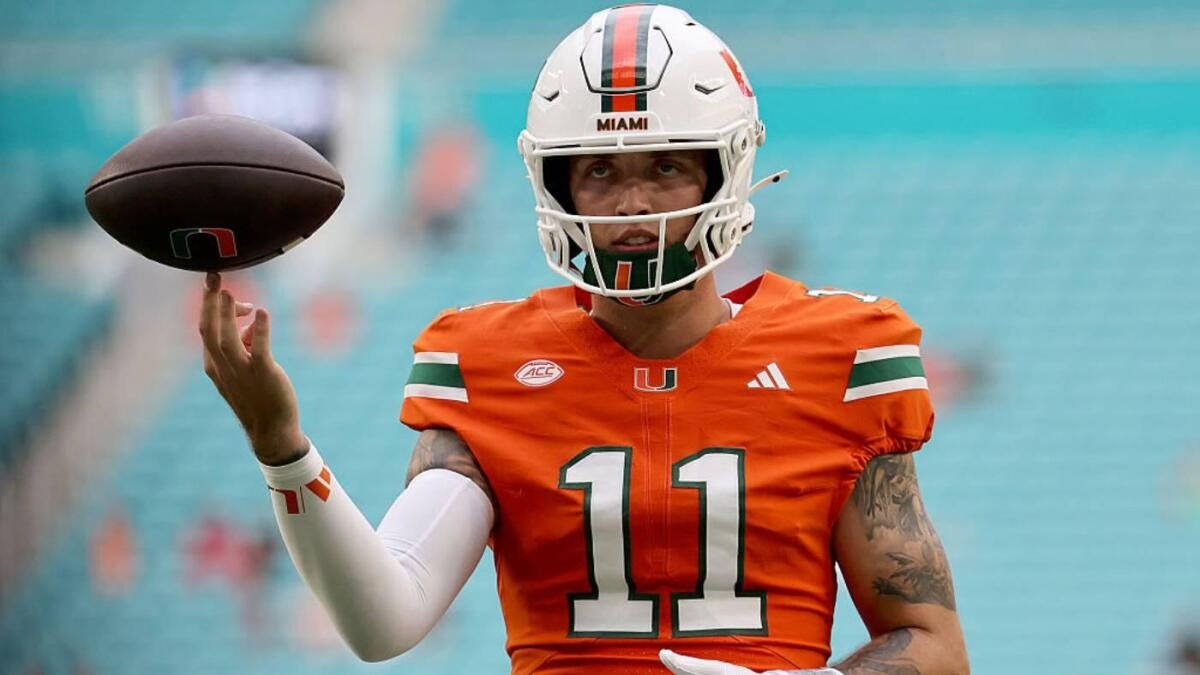Heavy Bombardment Rocks Ukrainian Capital
KYIV, Ukraine — Ukraine's capital came under a large-scale Russian drone and missile attack overnight and into early Saturday morning, leaving at least 15 people injured and damaging residential buildings across multiple districts, according to Ukrainian officials.
Air raid sirens sounded throughout Kyiv shortly after midnight as the first wave of attacks began, with residents reporting loud explosions and the distinctive sound of air defense systems engaging targets. The Ukrainian Air Force reported that Russia launched a combination of cruise missiles, ballistic missiles, and Iranian-made Shahed drones in what appears to be one of the largest coordinated strikes on the capital in recent months.
"The enemy is conducting a combined attack using various types of weapons," said Serhiy Popko, head of Kyiv's military administration, in a Telegram post. "Our air defense forces are working to protect the city and its residents."
Residential Areas Hit
Emergency services reported that missile fragments fell on residential areas in the Shevchenkivskyi, Solomianskyi, and Holosiivskyi districts, igniting several fires and damaging apartment buildings. Kyiv Mayor Vitali Klitschko confirmed that 15 people had been injured, including three children, with seven people hospitalized.
"This is another attempt by Russia to terrorize our civilian population," Klitschko told reporters while visiting a damaged residential building in the Solomianskyi district. "They are deliberately targeting civilian infrastructure."
Video footage shared on social media showed bright flashes illuminating the night sky over Kyiv, followed by loud booms as air defense systems engaged incoming projectiles. The distinctive buzzing sound of Shahed drones could be heard in several neighborhoods, with anti-aircraft guns firing in response.
Strategic Timing
The attack comes just days after the United States and several European allies announced new military aid packages for Ukraine, including additional air defense systems and ammunition. Military analysts suggest the timing may be an attempt to stretch Ukraine's existing air defenses before the new systems can be deployed.
"Russia often increases attacks following announcements of Western aid," said military analyst Oleksandr Musienko. "It's a pattern we've observed throughout the conflict—they try to overwhelm air defenses and demonstrate that the aid won't make a difference."
Ukraine's Energy Ministry reported power outages in several districts of Kyiv and surrounding areas, though it wasn't immediately clear if these were due to damage from the attacks or preventive measures taken by authorities. Repair crews were working to restore electricity to affected areas.
Saturday's attack follows a series of recent Russian strikes on Ukraine's energy infrastructure, which officials say is part of a renewed campaign to cripple the country's power grid ahead of winter.










